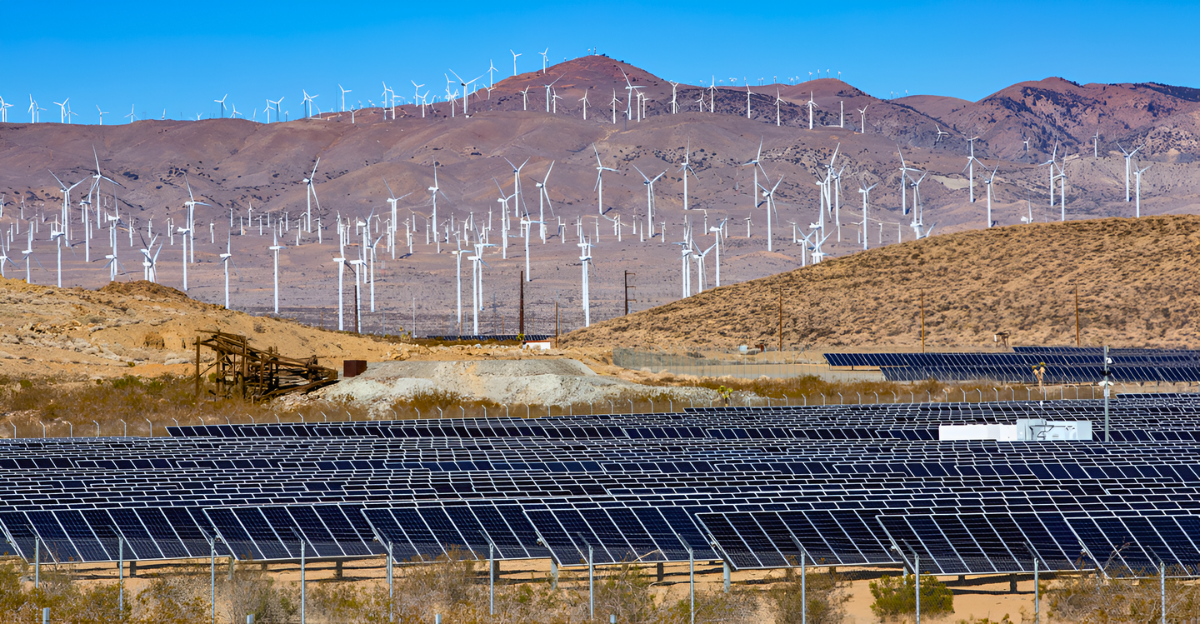
The California Energy Commission (CEC) has approved the Darden Clean Energy Project (DCEP), set to become the world’s largest solar and battery storage facility on 9,500 acres of dried-up, fallow farmland in Fresno County. This ambitious project will feature a 1,150 MW solar photovoltaic array paired with a 4,600 MWh battery storage system capable of powering 850,000 homes for four hours, marking a significant milestone in California’s clean energy transition.
The project was fast-tracked under the state’s new Opt-In Certification program, reflecting California’s commitment to achieving 100% zero-carbon electricity by 2045. Beyond its scale, Darden symbolizes innovative reuse of degraded agricultural land, addressing energy and environmental challenges in a drought-stricken region. This initiative signals a transformative step in balancing California’s energy needs, climate goals, and land stewardship.
Background on California’s Water and Agricultural Challenges
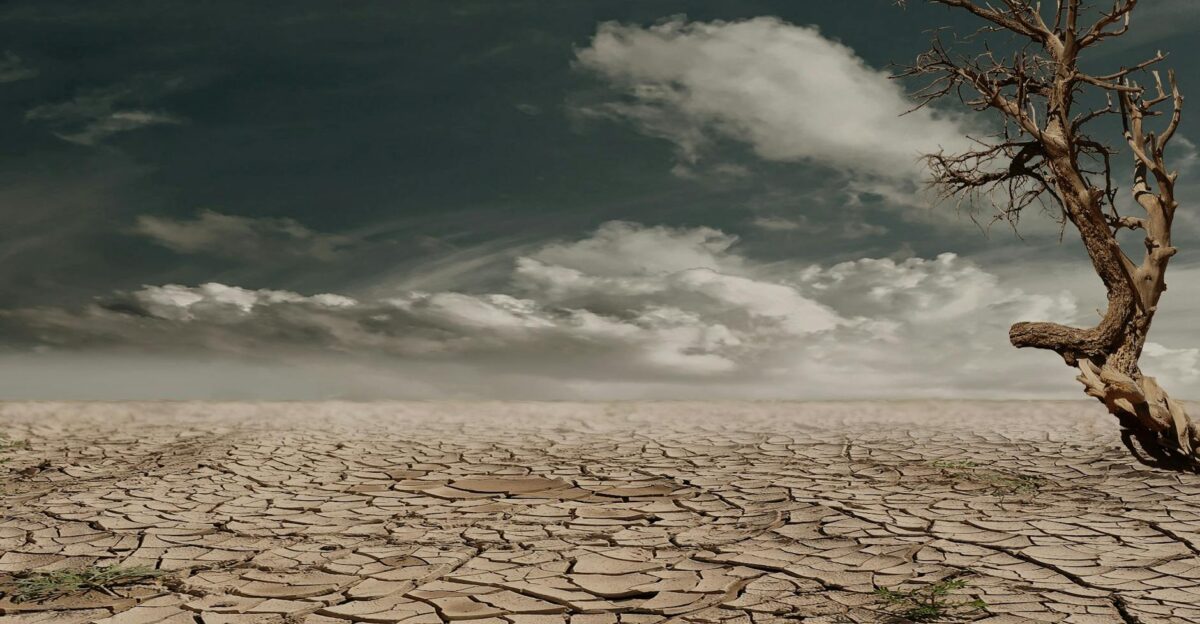
Central California’s agricultural heartland faces severe water scarcity due to decades of intensive farming and historic droughts that have depleted soil quality and water supplies. The Westlands Water District manages irrigation for much of the area and has ceased watering less productive farmland to conserve water for higher-value crops, leaving millions of acres fallow. This shift has forced farmers and policymakers to seek alternative land uses that address economic losses and environmental degradation.
The Darden project capitalizes on this by repurposing non-arable land for renewable energy, offering a sustainable alternative amid ongoing water shortages and agricultural decline. This context underscores the urgency for innovative solutions that reconcile water conservation with economic vitality.
Project Details: Scale and Technology
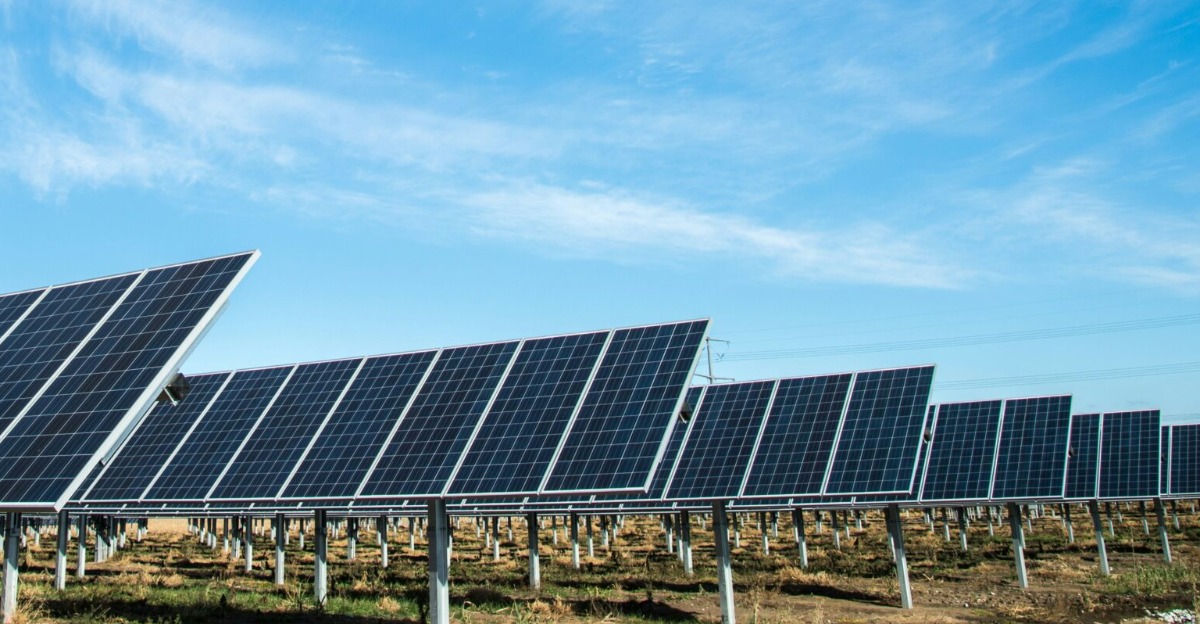
The Darden Clean Energy Project will deploy approximately 3.1 million solar panels across 9,500 acres, generating 1,150 MW of solar power. Complementing this is a massive battery storage system using Tesla Megapack 2 XL batteries with a capacity of 4,600 MWh, designed to supply power to 850,000 homes for four hours during peak demand or after sunset.
The project benefits from California’s Opt-In Certification program, enabling an expedited environmental review completed within 270 days, a significant acceleration compared to traditional permitting timelines. Intersect Power, the developer, plans to connect Darden to PG&E’s existing 2,500 kV transmission line, ensuring grid integration and reliability. This blend of cutting-edge photovoltaic and battery technology positions Darden as a benchmark for future utility-scale clean energy projects.
The Role of Battery Storage in California’s Energy Grid
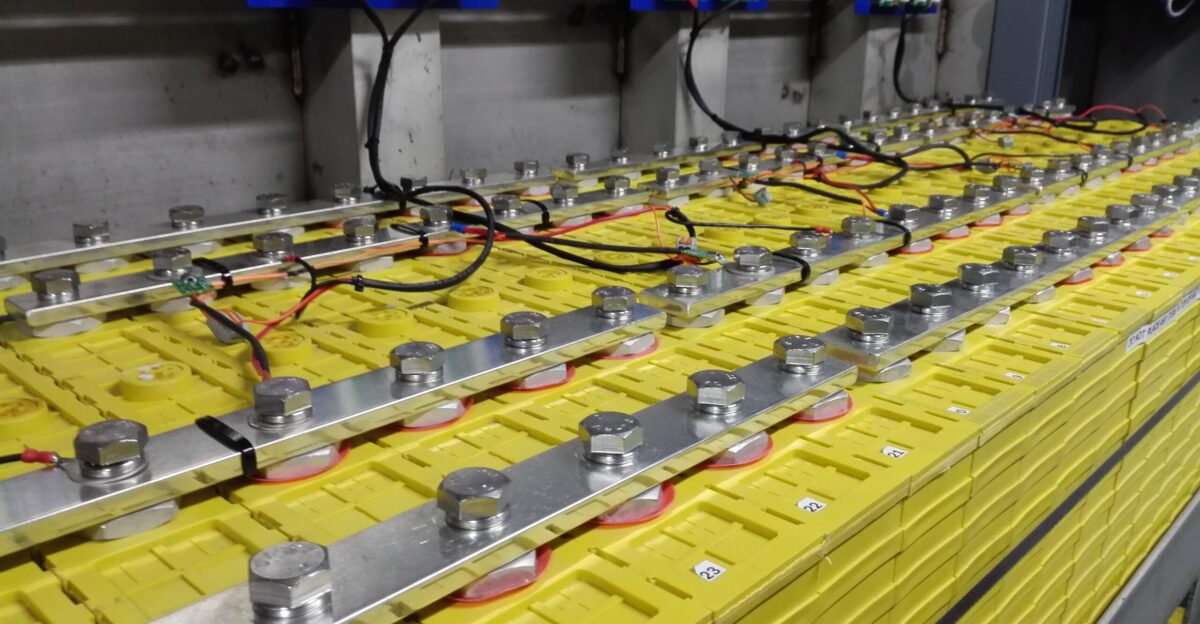
California’s energy grid faces the challenge of matching solar power generation, which peaks midday, with electricity demand that extends into the evening. Without sufficient storage, the state relies on fossil fuels or limited stored solar energy after sunset, undermining clean energy goals. The Darden project’s 4,600 MWh battery system represents a breakthrough, enabling large-scale energy storage to discharge power during peak demand hours and grid stress periods.
This capability helps stabilize the grid, reduce reliance on nonrenewable backup sources, and smooth renewable energy supply fluctuations. As California leads the U.S. with over 15,700 MW of battery capacity, Darden advances the state’s efforts to solve the “solar storage problem” critical for a zero-carbon electricity future.
Environmental and Economic Implications

Repurposing degraded farmland for solar energy reduces pressure on ecologically sensitive lands, preserving biodiversity and natural habitats. Economically, the Darden project offers a lifeline to communities affected by water scarcity and agricultural decline, promising over 2,000 construction jobs and $169 million in local economic benefits during its lifespan.
Additionally, the project commits $2 million in community investments, supporting local services and advocacy groups. This transition aligns with California’s climate goals by reducing greenhouse gas emissions and conserving water resources, as solar farms require minimal water compared to traditional agriculture. The project thus exemplifies a sustainable pathway balancing environmental stewardship with economic resilience.
Historical Context of Solar in California

California’s solar landscape has evolved from early large-scale projects like the Ivanpah Solar Power Facility, which used solar thermal technology but faced operational and environmental challenges and is slated to close in 2026. As seen in Darden, the shift toward photovoltaic (PV) panels combined with battery storage reflects technological advances that offer more reliable, scalable, and less water-intensive power generation.
Unlike solar thermal plants, PV systems paired with batteries provide flexible, dispatchable electricity that better matches grid demand patterns. This transition marks a technological and strategic evolution in California’s renewable energy portfolio, emphasizing efficiency, sustainability, and grid stability.
Contrarian Perspectives and Challenges
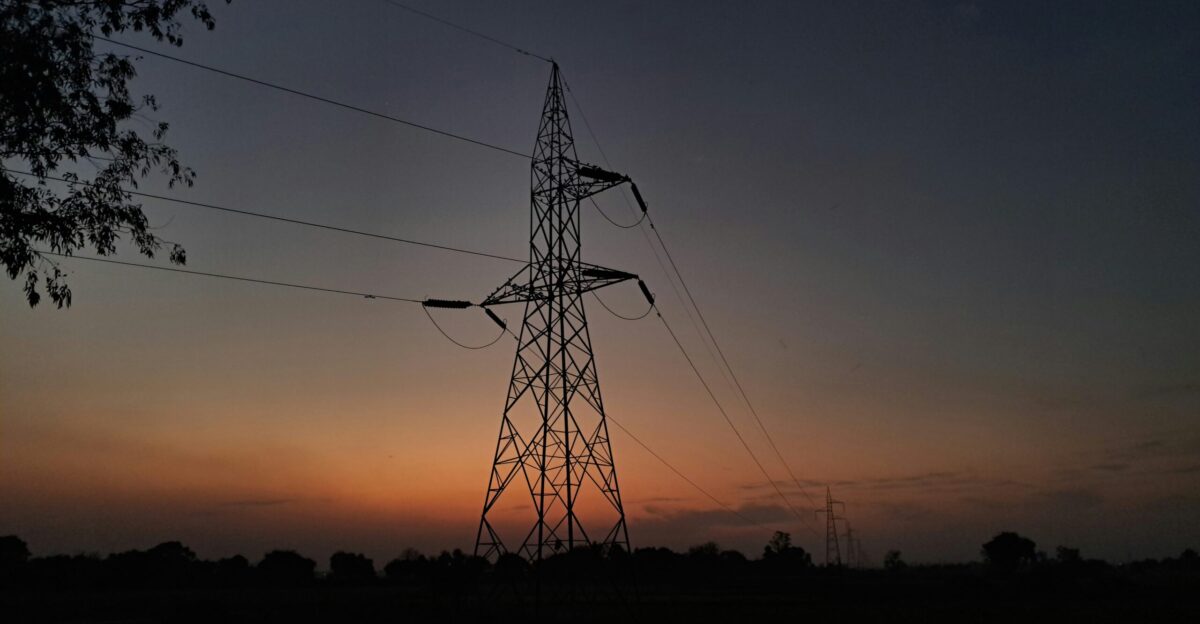
Despite the promise of large solar projects, skepticism remains regarding their ability to fully resolve California’s electricity shortages, which persist even amid heavy renewable investments. Critics raise concerns about land use conflicts, emphasizing the need to balance energy development with preserving agricultural lands critical for food security and biodiversity.
There is debate about whether large-scale solar farms on fallow land might displace future agricultural recovery or impact local ecosystems. These challenges highlight the complexity of California’s energy transition, requiring nuanced policies that integrate renewable energy expansion with broader environmental and social priorities.
Innovative Intersections: Agrivoltaics and Dual Land Use
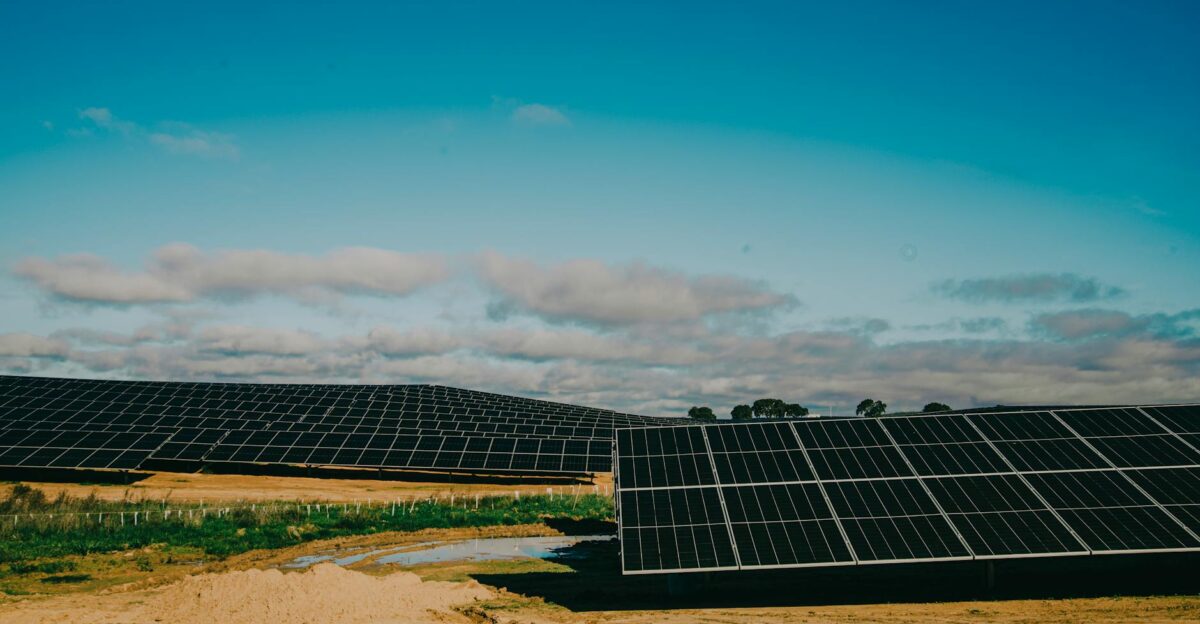
Agrivoltaics, combining solar energy production with agricultural activities on the same land, offers a promising complementary approach to projects like Darden. By integrating solar panels with crop cultivation or grazing, agrivoltaics can simultaneously enhance water efficiency, reduce emissions, and maintain food production.
Although Darden focuses on nonproductive, fallow land, agrivoltaics represent an innovative model for maximizing land use in California’s water-stressed regions. This dual-use strategy could help reconcile energy and agricultural needs, fostering resilience and sustainability in the state’s climate and energy transition.
Future Outlook and Expansion Potential

The Darden project is a pioneering model for scaling solar and battery storage on nonproductive farmland across California. The nearby Westlands Solar Park planned to cover 20,000 acres with up to 2,700 MW capacity, exemplifies the growing trend of repurposing fallow agricultural lands for clean energy.
Such projects are critical for meeting California’s ambitious zero-carbon electricity goals while addressing water scarcity and land degradation. As battery technology and permitting processes improve, widespread adoption of similar projects could transform the state’s energy landscape, balancing environmental, economic, and social objectives in drought-prone regions.
Broader Implications
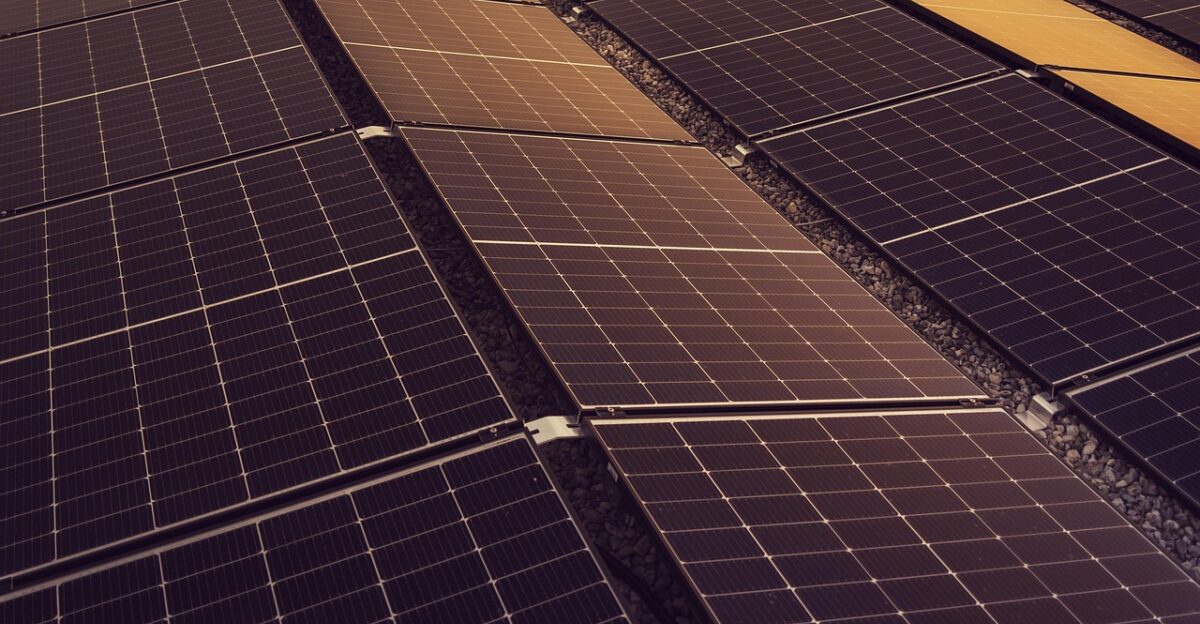
The Darden Clean Energy Project epitomizes the innovative reuse of degraded farmland to build a clean, reliable, large-scale energy infrastructure. It reflects California’s urgency in accelerating renewable energy deployment and overcoming grid storage challenges essential for a sustainable energy future.
By transforming fallow land into a powerhouse of solar and battery storage, Darden advances climate resilience, energy security, and sustainable land use in one of the nation’s most drought-impacted regions. This project sets a new global benchmark and charts a path for other regions grappling with similar environmental and energy challenges.







